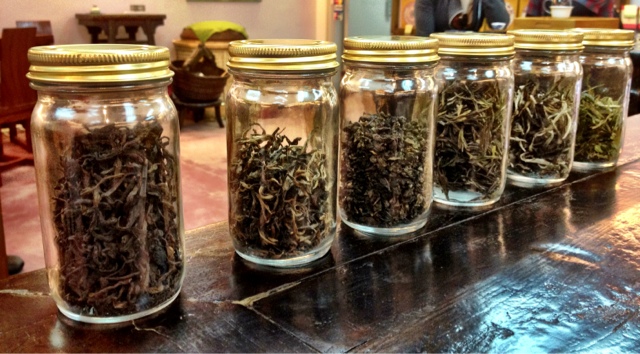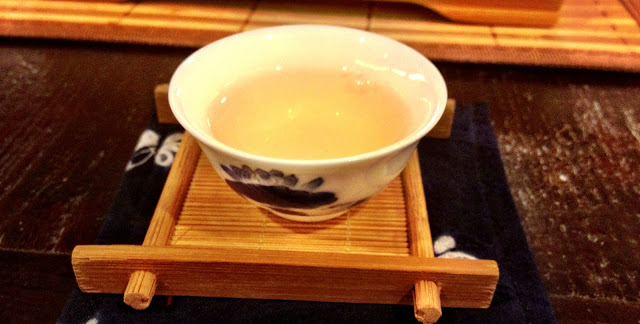Discovering The Six Different Types of Chinese Tea
Last Updated on
I love tea. The British Empire was built on tea. Give me English breakfast tea, milk and one sugar, and I’m happy. After hiking Snowdon a few year ago, I even discovered a cafe in Llanberis that serves pints of English breakfast tea.
I’ve never been one for fruit teas, or green tea, or any other fruity flavours. Until I was in Peru, that was. By the end of my time in Peru and Bolivia, I swear my body was running purely on coca tea and chamomile tea. My perception on tea had changed.
Fast forward 3 months, and I was in Hong Kong, famed for it’s tea consumption, so what better place to learn more about tea. On my second day in the city, I joined an excellent Central and Sheung Wan foodie tour, of which the 4th stop was a tea studio.
The owner of the studio has studied tea for years, and travels to and from China to keep up with the latest developments. It was from him, that I learned about the 6 different types of tea.
Green Tea – I know many people who swear by green tea for health benefits, and now I know why. Green Tea is the least fermented of all the tea, Chinese and Hong Kong people drink this tea to cool down on a summers day, Any good Green Tea should be kept in a freezer. This helps to keep the leaves stable, so they won’t ferment naturally. It is also bad practice to use boiling water to make Green Tea, as this burns the leaves, leaving a bitter taste. The best water temperature for brewing Green Tea is 60 – 75 degrees Celsius. So all those who grab a Green teabag out of the cupboard and brew with boiling water, you might as well just drink normal tea.
White Tea – a very light, drinkable tea which contains many antioxidants, and is good for the skin. Some antioxidants found in White Tea have been proven to help reduce cholesterol and decrease blood pressure too.
Yellow Tea – not very common nowadays, Yellow Tea is basically pan fried green tea. Yellow tea leaves have a slower drying phase to Green tea, which allows the leaves to sit and turn yellow.
Oolong Tea – oolong tea is generally freshly baked, and is very good for digestion, as the alkaline neautralises stomach acid. With a slightly fuller fermentation than Yellow, White and Green Tea, Oolong tea is the first of the six types to contain some caffeine.
Chinese Breakfast Tea (Red Tea) – This is a fully fermented tea which has a golden, reddish colour. It has a strong aroma, and caffeine is relased when brewed with boiling water.
Black Tea (Puer Tea) – Another fully fermented tea, black tea can be kept for a long time, and contains caffeine. With a mild taste, it also helps to reduce cholesterol, and some believe to help counteract the effects of a hangover.
We were also told not to brew tea in a large teapot. Use a small pot, and pour fresh hot water over the leaves to refill, much like the Argentine’s do with their mate. We were told how to pour the tea too, as traditional Chinese tea pots don’t have spouts or handles.
There you have it. If you’re a Green Tea drinker, keep the tea in a freezer, and for those looking to reduce cholesterol, get on the white and black teas!







I landed up on your blog from Google. Thanks for sharing this article. Looking forward to reading more article from you.